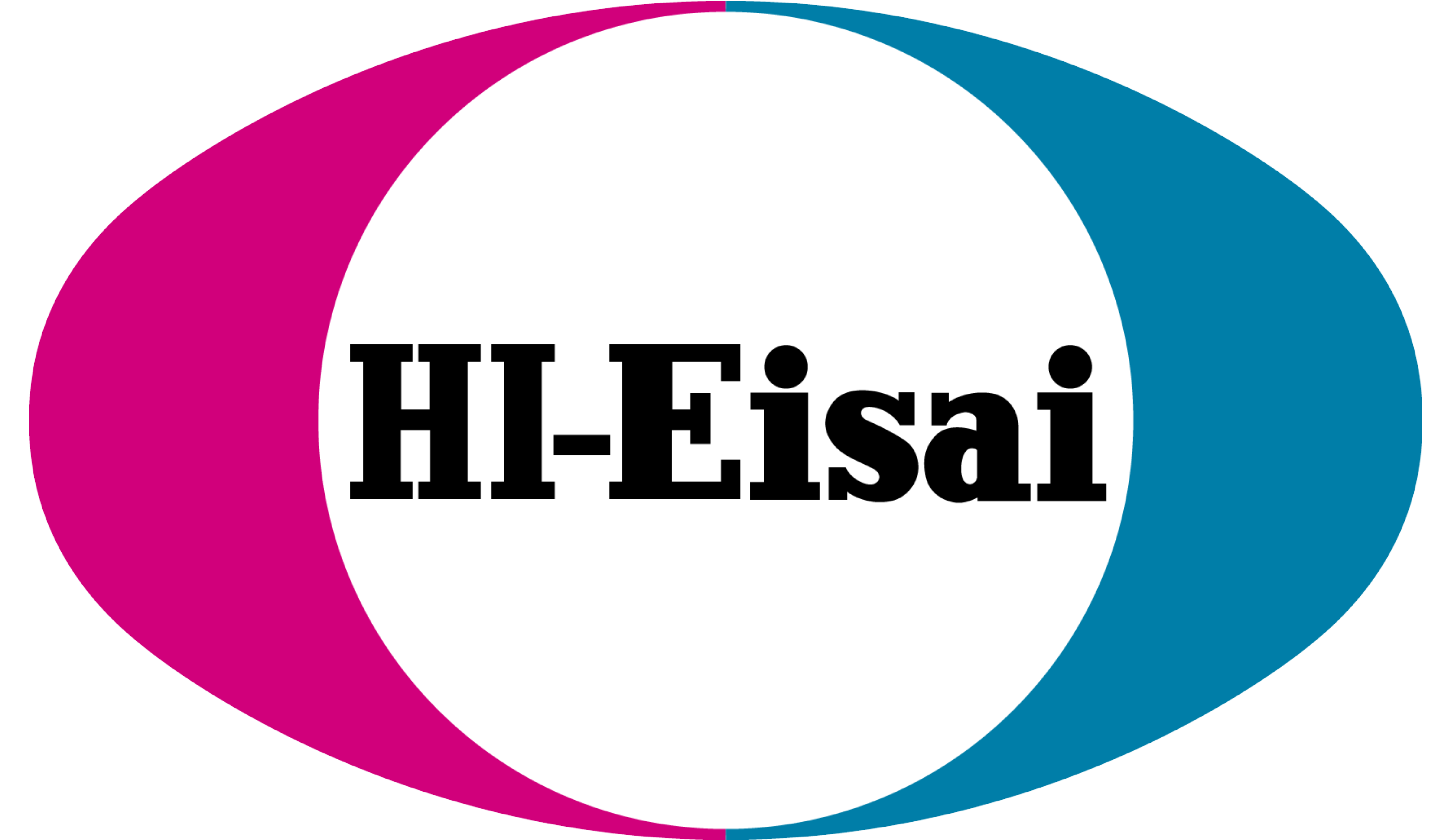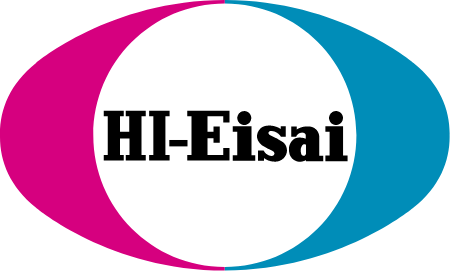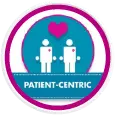Eisai Co., Ltd. (Headquarters: Tokyo, CEO: Haruo Naito, “Eisai”) announced today that the company will have a total of nine poster presentations, including the latest data on its in-house discovered and developed anti-epileptic agent (AED) perampanel (product name: Fycompa®) at the 77th American Epilepsy Society Annual Meeting (AES 2023), to be held in Orland, Florida and virtually from December 1-5, 2023.
Major presentations include the design and outcomes of a clinical research evaluating the safety of perampanel versus placebo (Poster No. 1.493), and the data of evaluating the effects of perampanel on cognitive function and sleep (Poster No. 2.157, 2.158 and 2.160).
Eisai considers neurology, including epilepsy, a therapeutic area of focus. Eisai pursues its mission to provide “seizure freedom” to a greater number of patients with epilepsy. Eisai remains committed further to addressing the diverse needs of, and increasing the benefits provided to, patients with epilepsy and their families.
The following are studies that will be presented by Eisai at this year’s AES Annual Meeting.
|
Compound |
Title |
|---|---|
| Perampanel Poster No: 1.493 December 2 (Sat) 12:00-14:00 |
Ability of Time to Prerandomization Seizure Count Design to Measure Safety of Perampanel for Primary Generalized Tonic-Clonic Seizures |
| Perampanel Poster No: 2.157 December 3 (Sun) 12:00-14:00 |
Study 512: Effect of Perampanel on Seizure Control, Sleep, and Quality of Life in Patients with Focal-Onset Seizures/Generalized Tonic-Clonic Seizures Associated with Idiopathic Generalized Epilepsy |
| Perampanel Poster No: 2.158 December 3 (Sun) 12:00-14:00 |
A Mirroring Clinical Practice Study of Perampanel in Adults and Adolescents (AMPA): Effect of Adjunctive Perampanel on Daytime Sleepiness and its Correlation with Seizure Control |
| Perampanel Poster No: 2.159 December 3 (Sun) 12:00-14:00 |
A Mirroring Clinical Practice Study of Perampanel in Adults and Adolescents (AMPA): Assessment of Daytime Sleepiness in Patients with Epilepsy Treated with Adjunctive Perampanel |
| Perampanel Poster No: 2.160 December 3 (Sun)12:00-14:00 |
Study 512: Assessment of Cognitive Function (EpiTrack®) Following Perampanel as First Adjunctive Therapy in Adolescent and Adult Patients with Epilepsy |
| Perampanel Poster No: 2.162 December 3 (Sun) 12:00-14:00 |
Study 512: Overall Effectiveness and Safety of Perampanel in Patients Aged ≥ 12 Years with Focal-Onset Seizures or Generalized Tonic-Clonic Seizures Associated with Idiopathic Generalized Epilepsy |
| Perampanel Poster No: 2.274 December 3 (Sun) 12:00-14:00 |
Effectiveness and Safety/Tolerability of Perampanel for Treatment of People with Epilepsy with Genetic Etiology: Real-World Evidence from the PERMIT Extension Study |
| Perampanel Poster No: 2.275 December 3 (Sun) 12:00-14:00 |
Perampanel for Treatment of Focal and Generalized Seizures in People with Different Epilepsy Etiologies in Everyday Clinical Practice: The PERMIT Extension Study |
| Perampanel Poster No: 2.276 December 3 (Sun) 12:00-14:00 |
Effectiveness and Safety/Tolerability of Perampanel for Treatment of Focal and Generalized Seizures in Clinical Practice According to Concomitant Antiseizure Medications: the PERMIT Extension Study |
Media Inquiries:
Public Relations Department,
Eisai Co., Ltd.
+81-(0)3-3817-5120
[Notes to Editors]
1.About perampanel (product name: Fycompa)
Perampanel is a first-in-class anti-epileptic agent (AED) discovered and developed by Eisai. With epileptic seizures being mediated by the neurotransmitter glutamate, the agent is a highly selective, noncompetitive AMPA receptor antagonist that reduces neuronal hyperexcitation associated with seizures by targeting glutamate activity at AMPA receptors on postsynaptic membranes. Perampanel is currently approved in more than 75 countries and territories, including Japan, China, and other countries in Europe and in Asia as an adjunctive treatment for partial-onset seizures (with or without secondarily generalized seizures) in patients with epilepsy 12 years of age and older. In addition, perampanel has been approved in more than 70 countries, including Japan, in Europe and in Asia for treatment as an adjunctive therapy for primary generalized tonic-clonic seizures in patients with epilepsy 12 years of age and older. In Japan and China, perampanel is approved for monotherapy and adjunctive use in the treatment of partial-onset seizures (with or without secondarily generalized seizures) in patients with epilepsy 4 years of age and older. In Europe the approved age range is 4 years of age and older for the adjunctive treatment of partial-onset seizures (with or without secondarily generalized seizures) and 7 years of age and older for the treatment as an adjunctive therapy for primary generalized tonic-clonic seizure. Perampanel is available in drug form to be taken once daily orally at bedtime. A tablet and fine granule formulation have been approved in Japan. An oral suspension formulation and tablet have been approved in Europe and China. A supplementary new drug application for an injection formulation has been submitted in Japan as a new route of administration. In January 2023, the commercial rights in the United States were transferred.
2. About Epilepsy
Epilepsy is broadly categorized by seizure type, with partial-onset seizures accounting for approximately 60% of epilepsy cases and generalized seizures accounting for approximately 40%. In a partial-onset seizure, an abnormal electrical disturbance occurs in a limited area of the brain, and may subsequently spread throughout the brain, becoming a generalized seizure (known as a secondarily generalized seizure). In a generalized seizure, abnormal electrical disturbances occur throughout the brain, and can be followed by a loss of consciousness or physical symptoms manifested throughout the whole body.
Epilepsy affects approximately 1 million people in Japan, 3.4 million people in the United States, 6 million people in Europe, 9 million people in China, and approximately 60 million people worldwide. As approximately 30% of patients with epilepsy are unable to control their seizures with currently available AEDs,* this is a disease with significant unmet medical needs. Although onset occurs at any age, onset is most common in people aged 18 and younger and the elderly. As causes and clinical symptoms of pediatric epilepsy are not uniform, and prognoses can range from very positive cases to obstinate cases, special consideration for each patient is required of treatments.
*“The Epilepsies and Seizures: Hope Through Research. What are the epilepsies?” National Institute of Neurological Disorders and Stroke, accessed May 24, 2016, http://www.ninds.nih.gov/disorders/epilepsy/detail_epilepsy.htm#230253109






